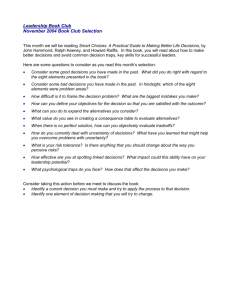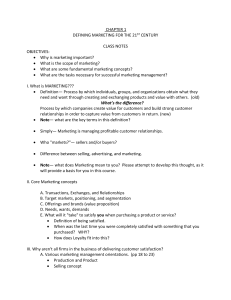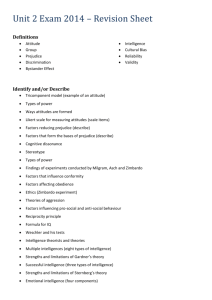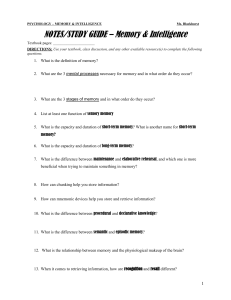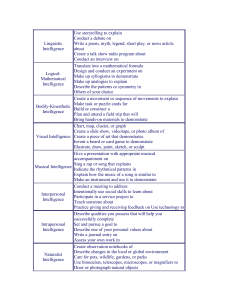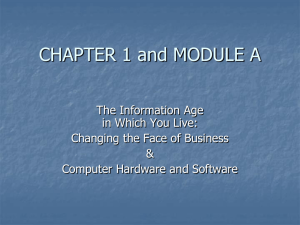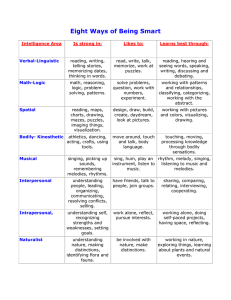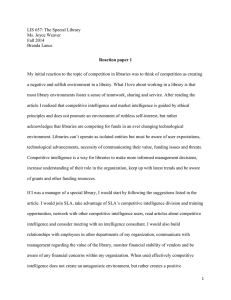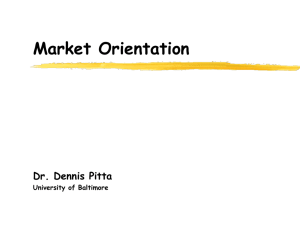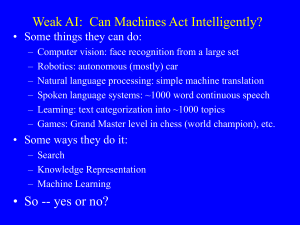list of hbr articles from our week of shadowing/mentoring
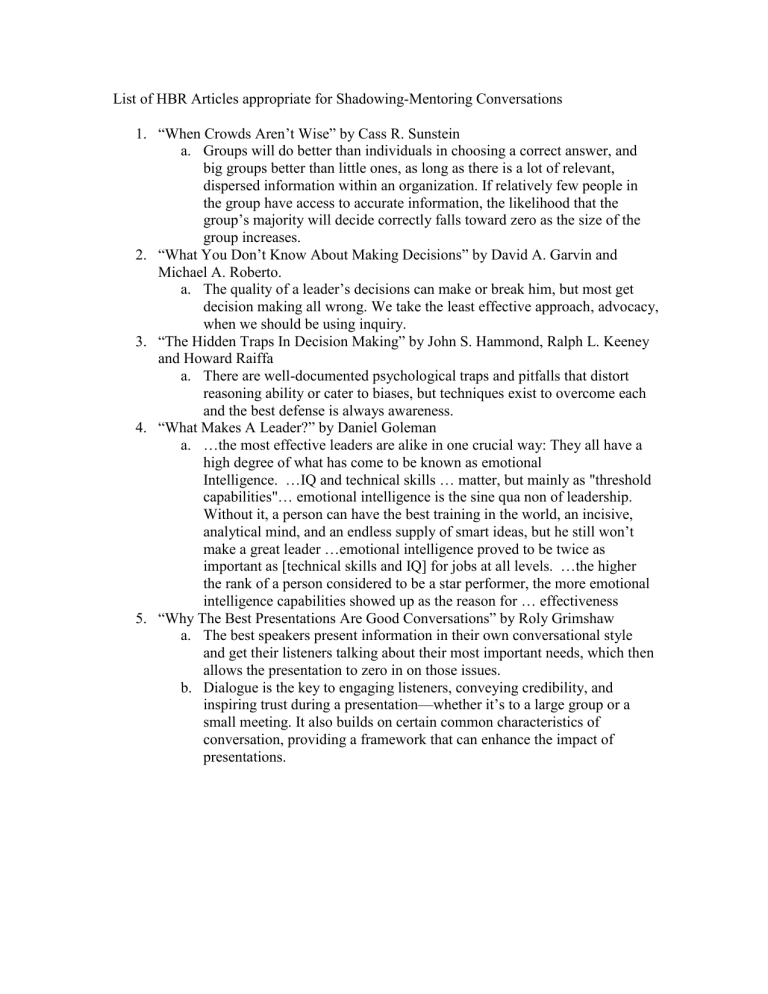
List of HBR Articles appropriate for Shadowing-Mentoring Conversations
1.
“When Crowds Aren’t Wise” by Cass R. Sunstein a.
Groups will do better than individuals in choosing a correct answer, and big groups better than little ones, as long as there is a lot of relevant, dispersed information within an organization. If relatively few people in the group have access to accurate information, the likelihood that the group’s majority will decide correctly falls toward zero as the size of the group increases.
2.
“What You Don’t Know About Making Decisions” by David A. Garvin and
Michael A. Roberto. a.
The quality of a leader’s decisions can make or break him, but most get decision making all wrong. We take the least effective approach, advocacy, when we should be using inquiry.
3.
“The Hidden Traps In Decision Making” by John S. Hammond, Ralph L. Keeney and Howard Raiffa a.
There are well-documented psychological traps and pitfalls that distort reasoning ability or cater to biases, but techniques exist to overcome each and the best defense is always awareness.
4.
“What Makes A Leader?” by Daniel Goleman a.
…the most effective leaders are alike in one crucial way: They all have a high degree of what has come to be known as emotional
Intelligence. …IQ and technical skills … matter, but mainly as "threshold capabilities"… emotional intelligence is the sine qua non of leadership.
Without it, a person can have the best training in the world, an incisive, analytical mind, and an endless supply of smart ideas, but he still won’t make a great leader …emotional intelligence proved to be twice as important as [technical skills and IQ] for jobs at all levels. …the higher the rank of a person considered to be a star performer, the more emotional intelligence capabilities showed up as the reason for … effectiveness
5.
“Why The Best Presentations Are Good Conversations” by Roly Grimshaw a.
The best speakers present information in their own conversational style and get their listeners talking about their most important needs, which then allows the presentation to zero in on those issues. b.
Dialogue is the key to engaging listeners, conveying credibility, and inspiring trust during a presentation—whether it’s to a large group or a small meeting. It also builds on certain common characteristics of conversation, providing a framework that can enhance the impact of presentations.



